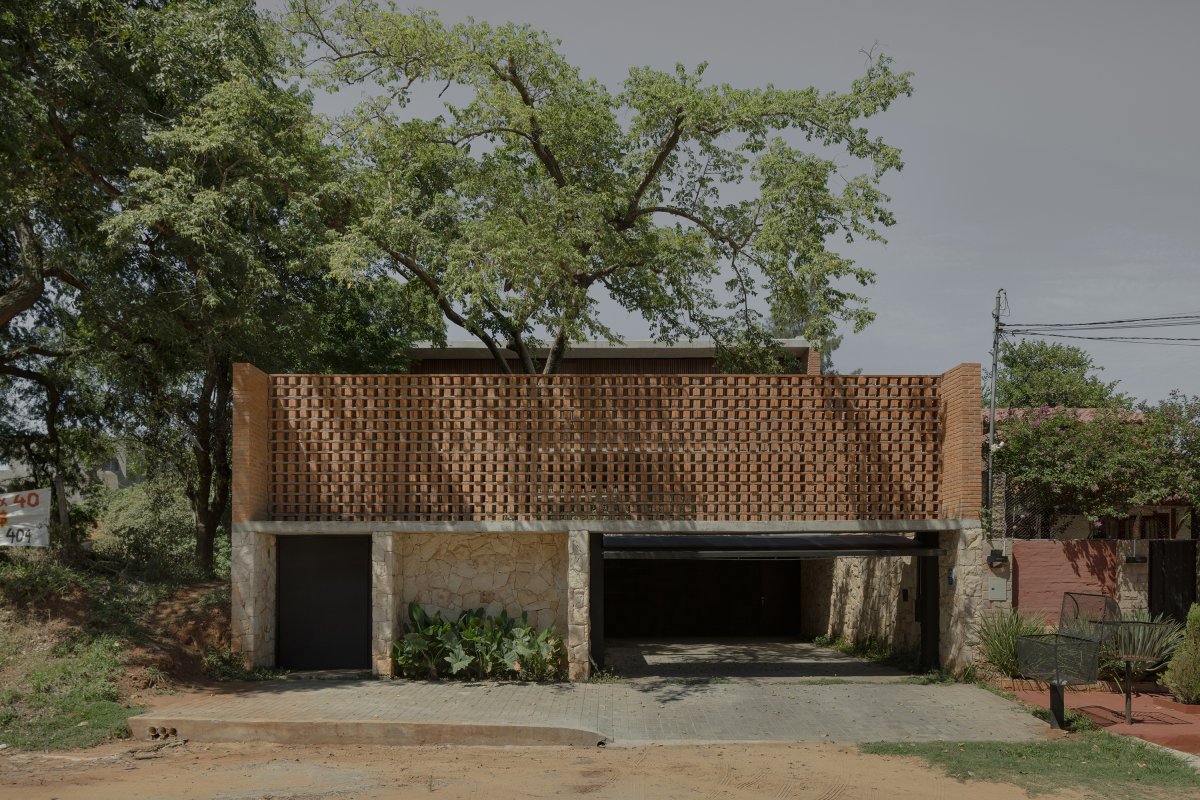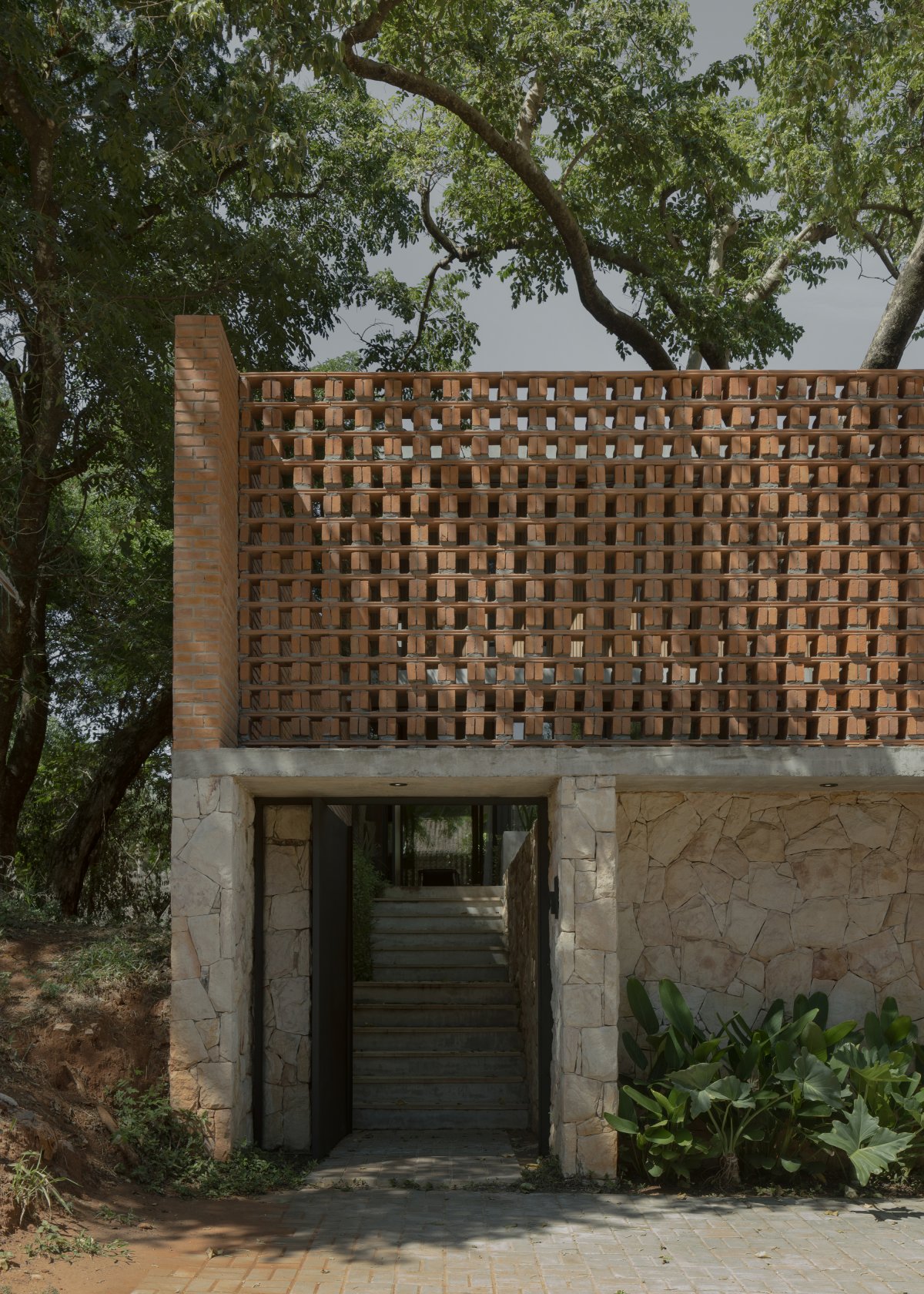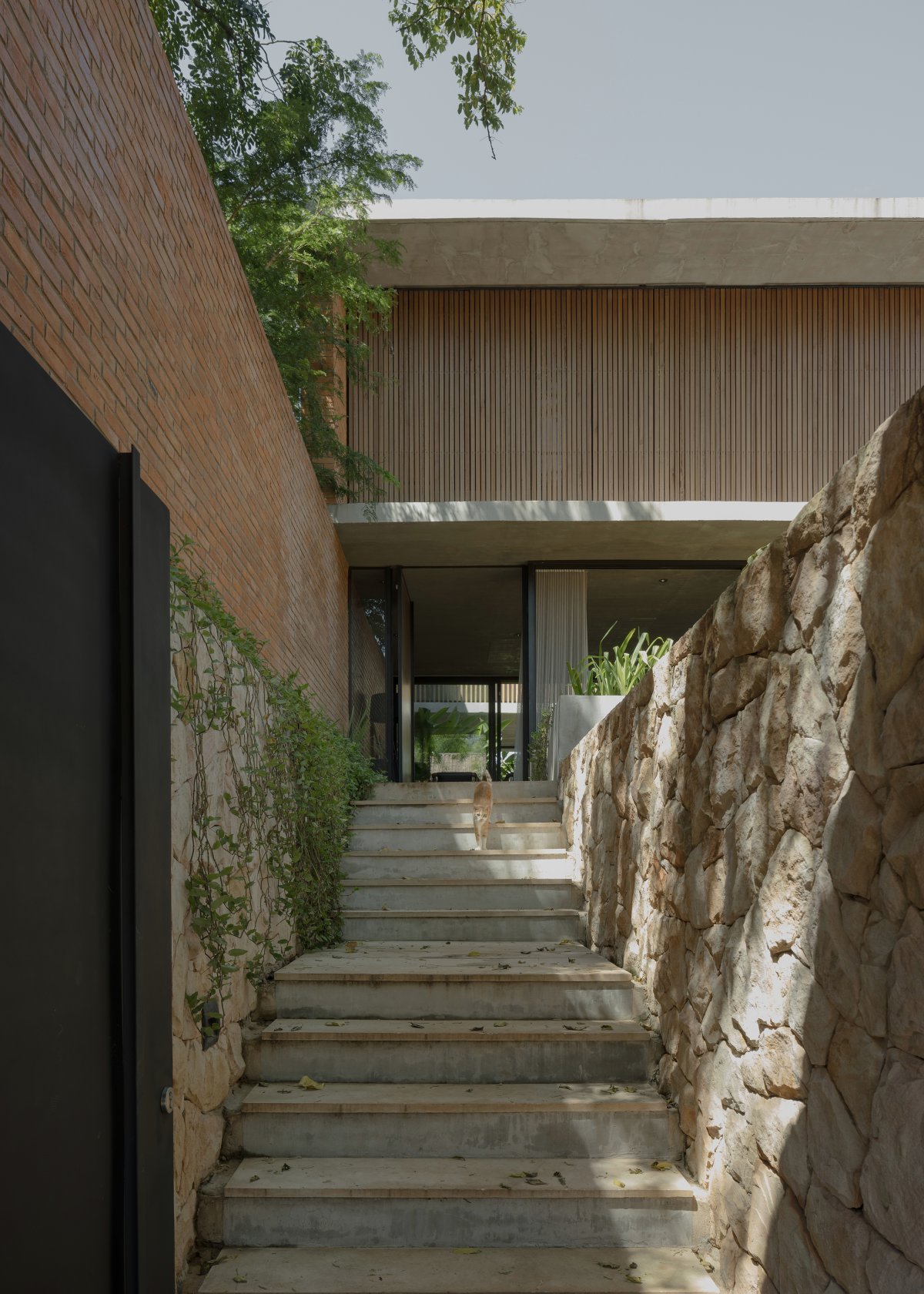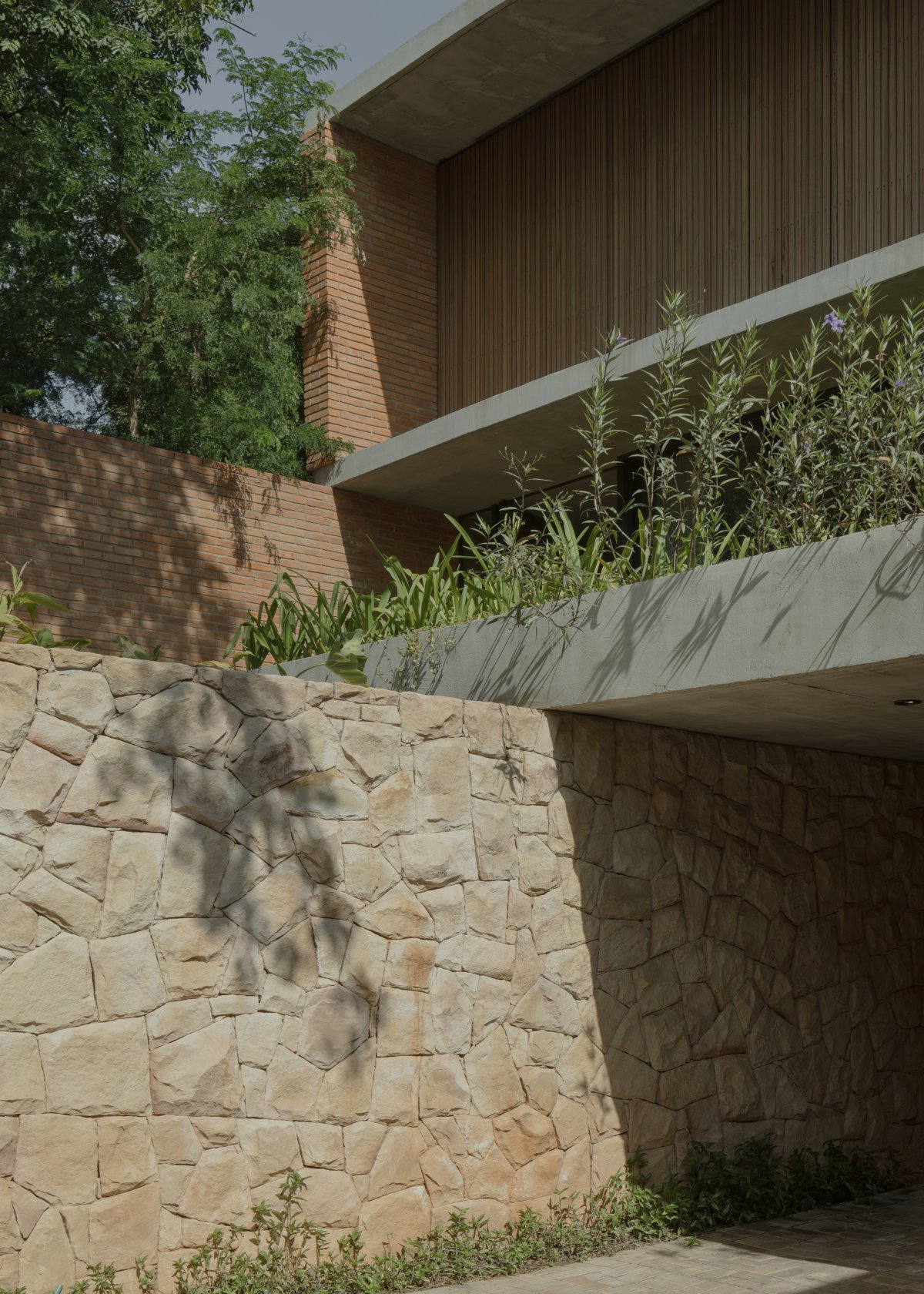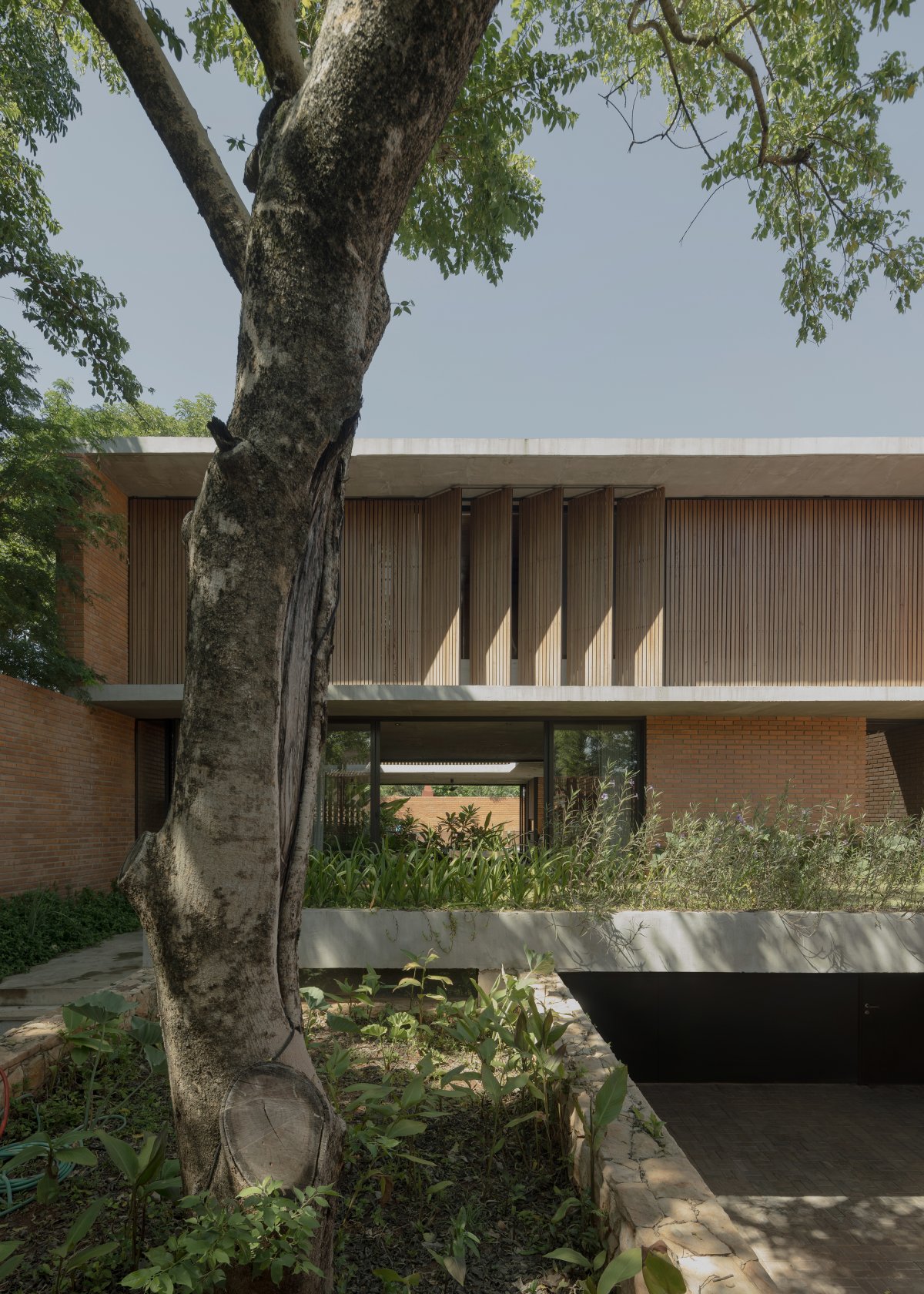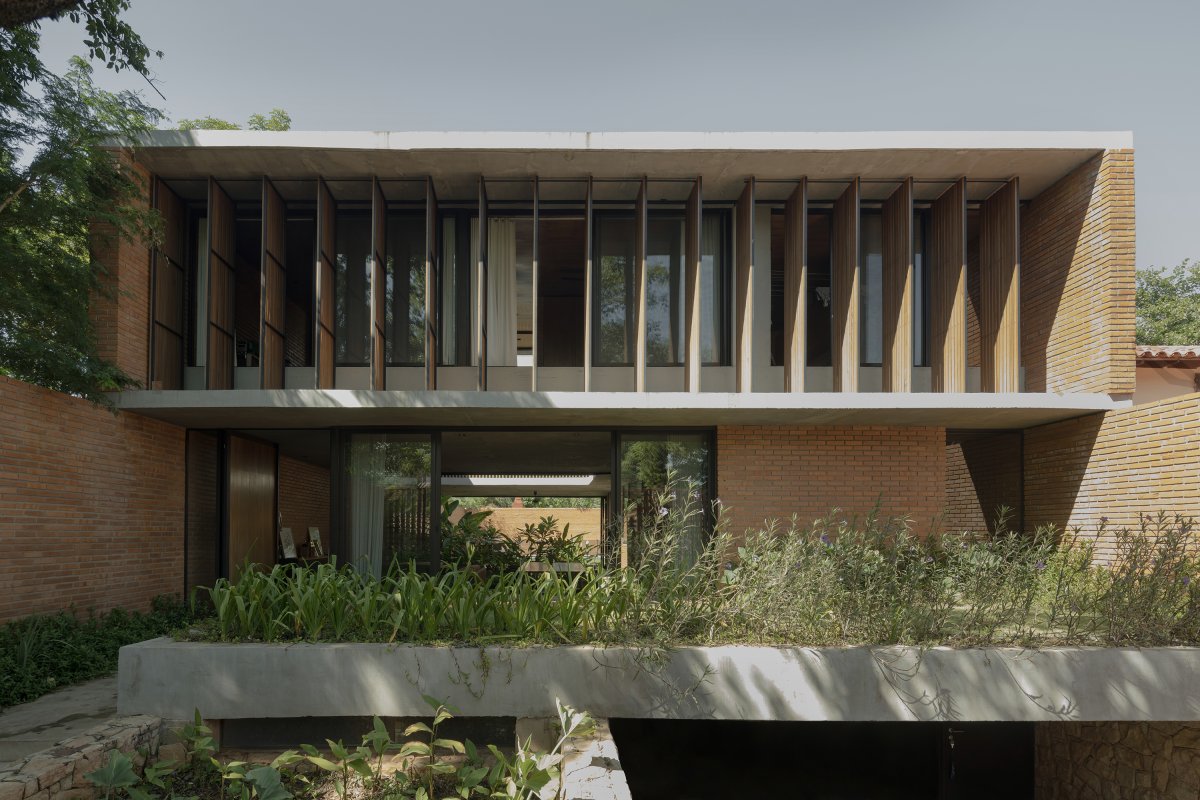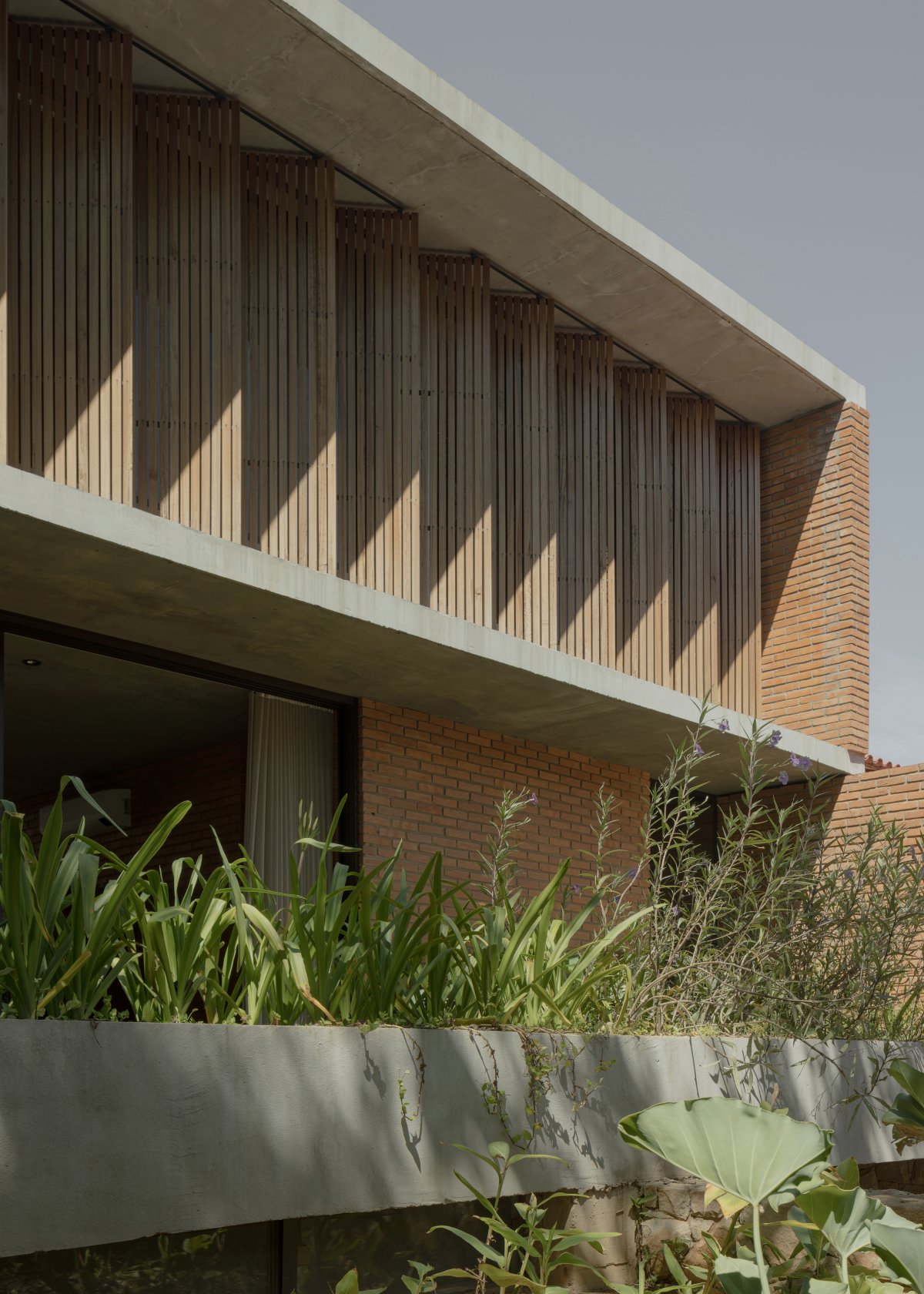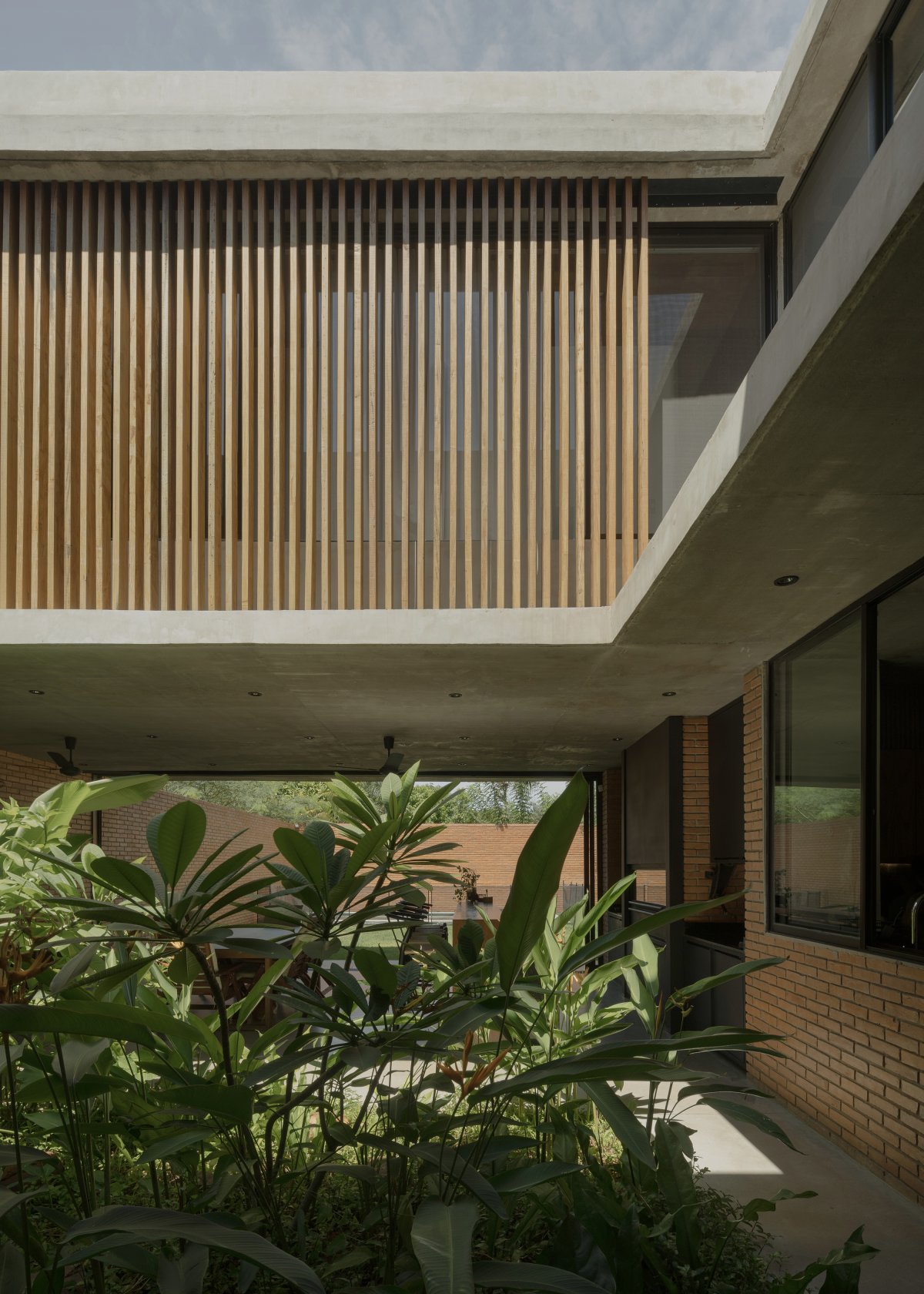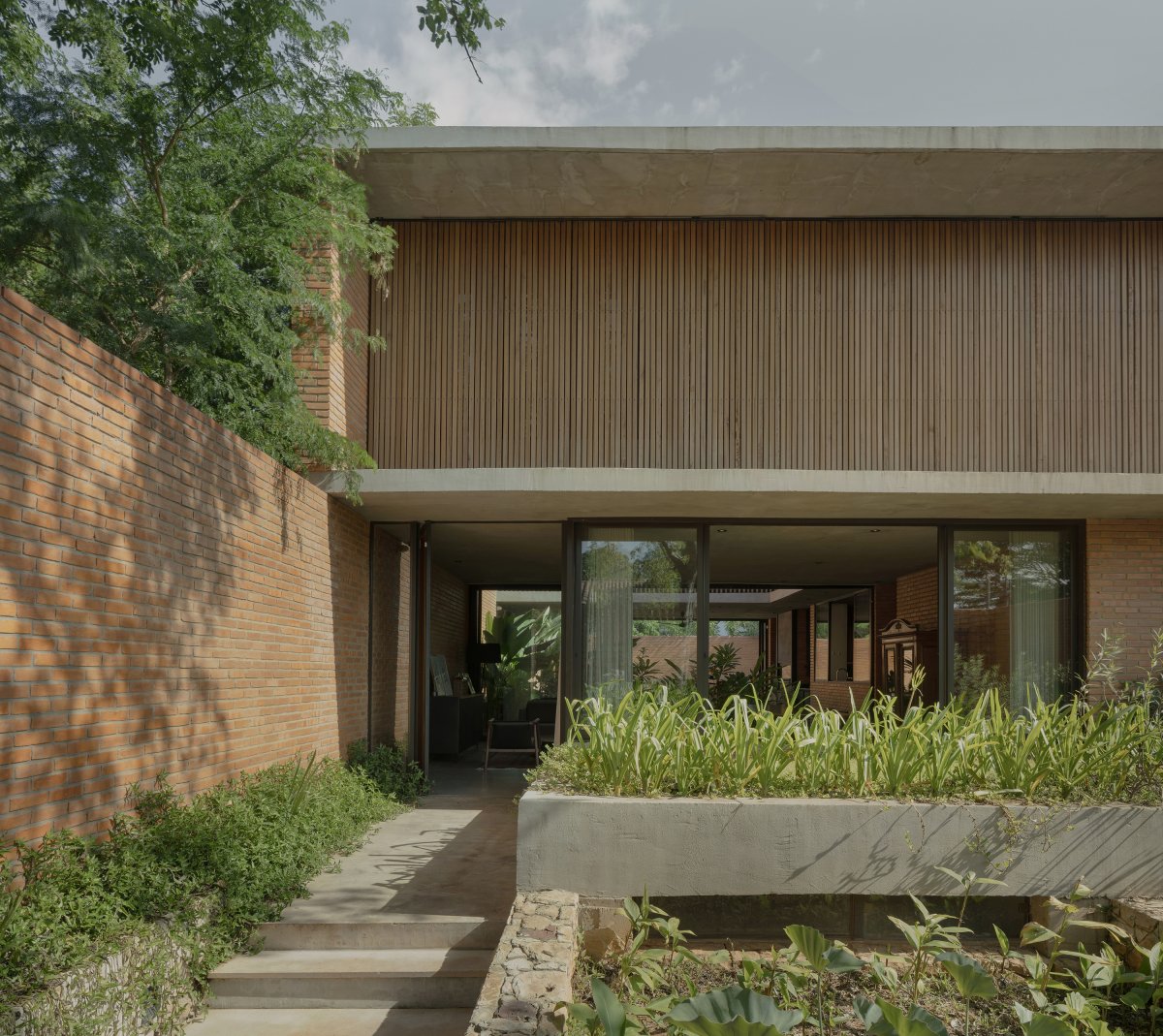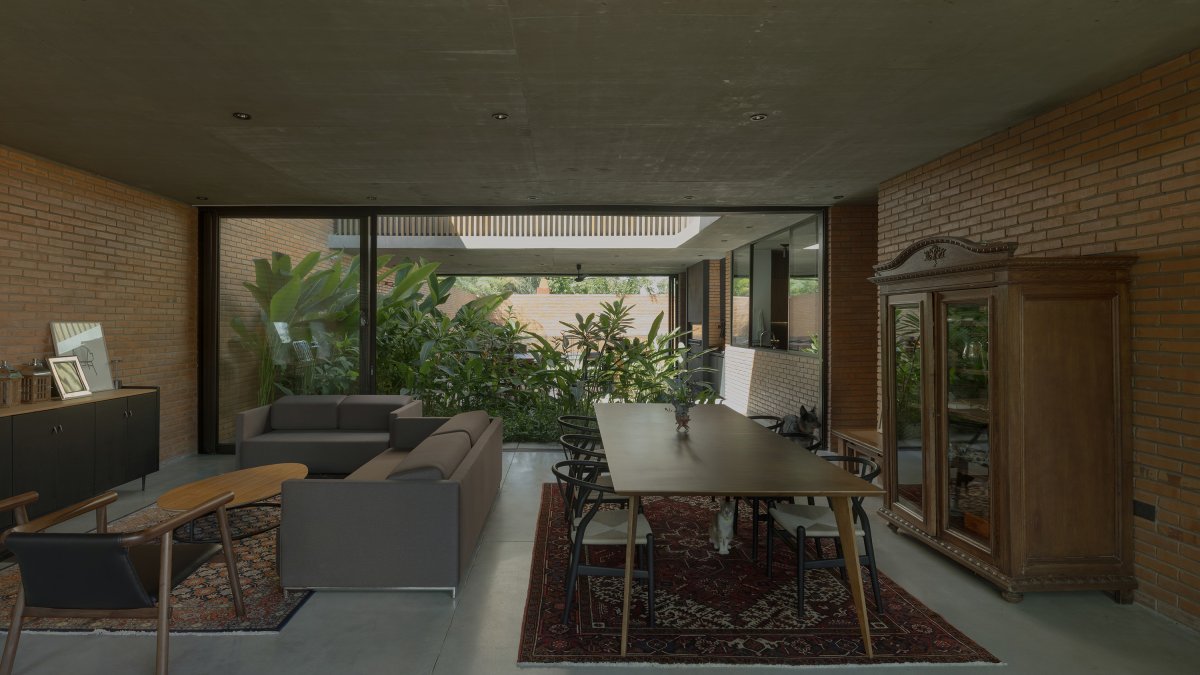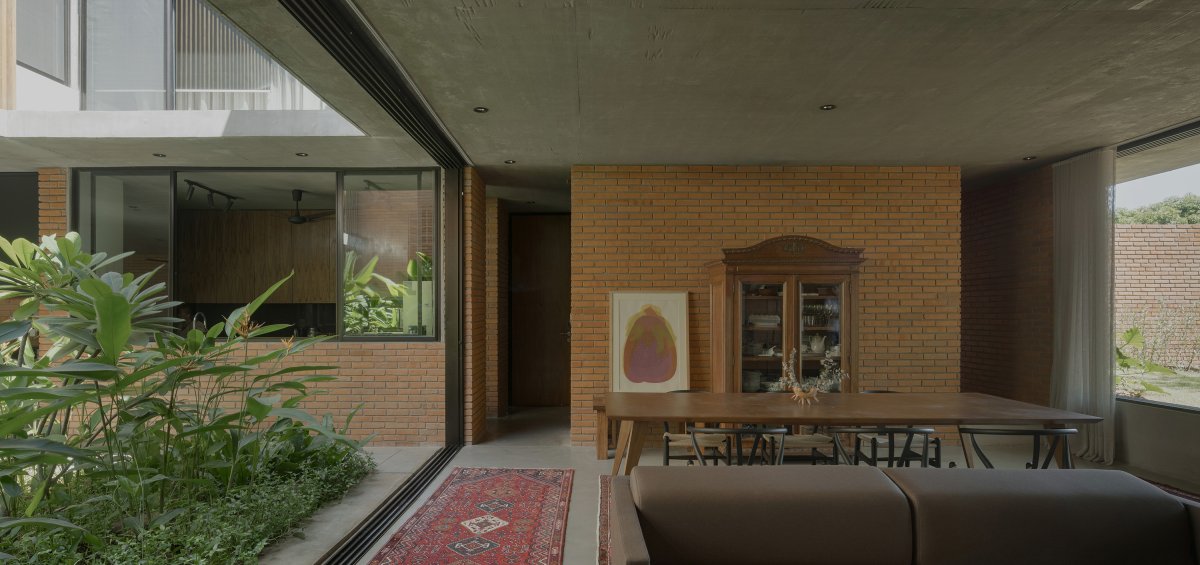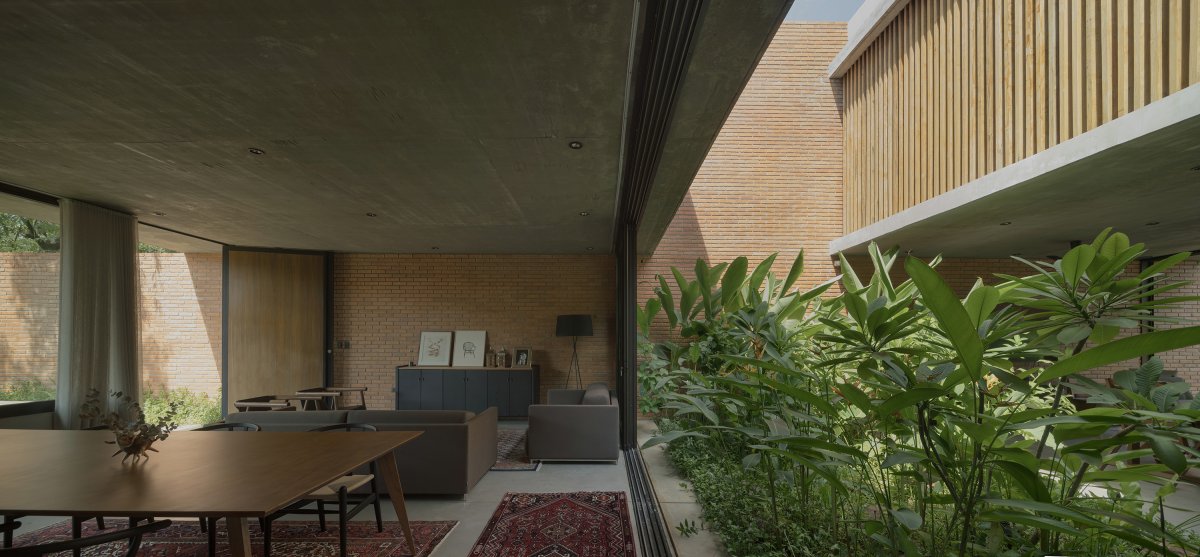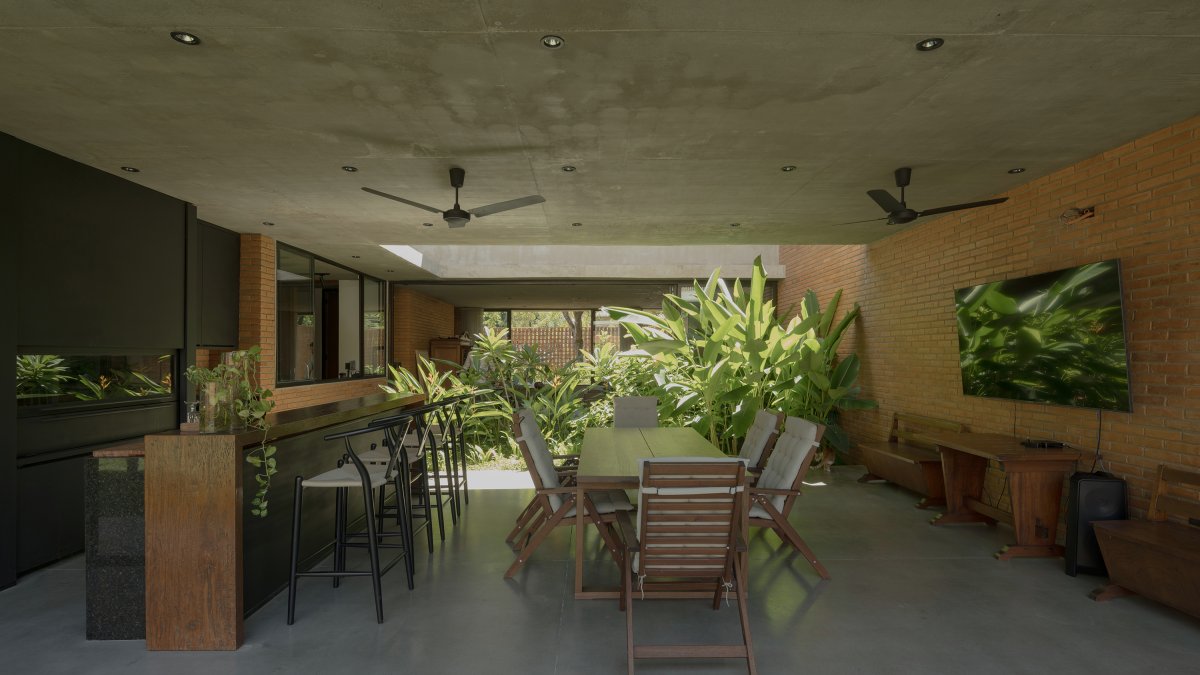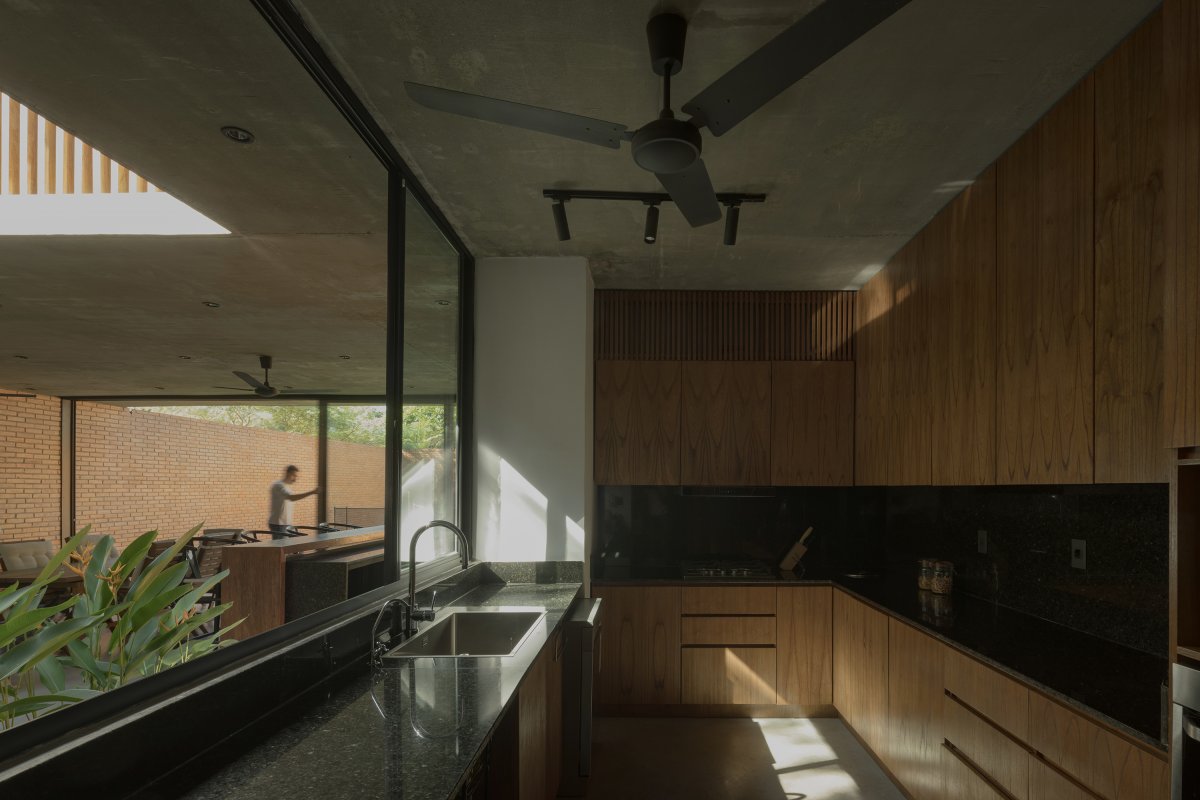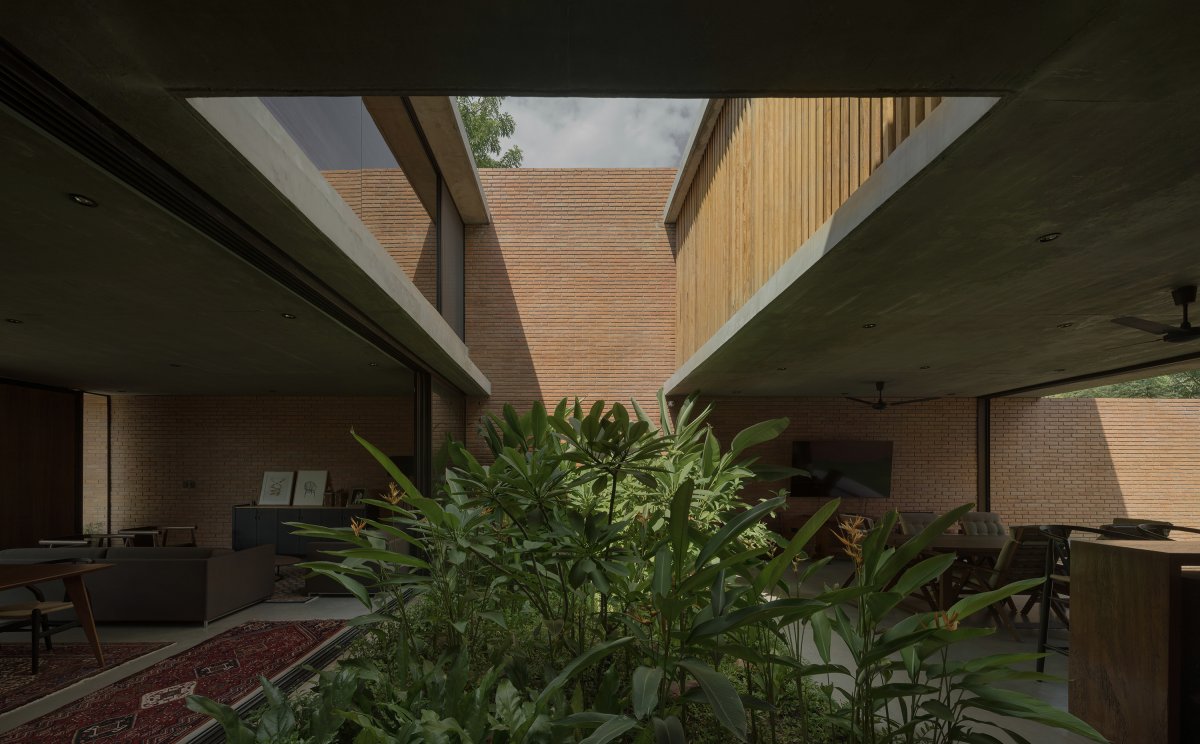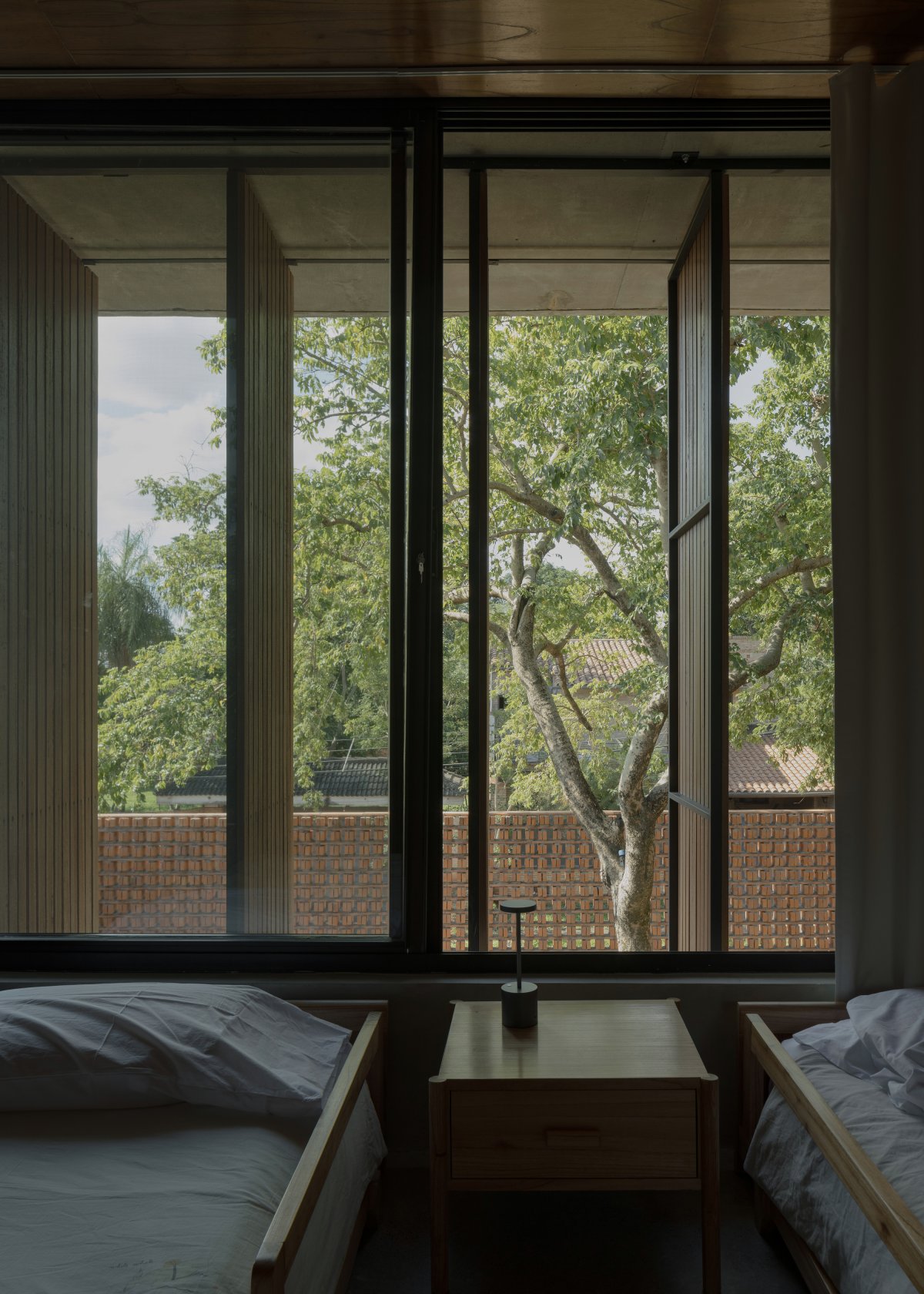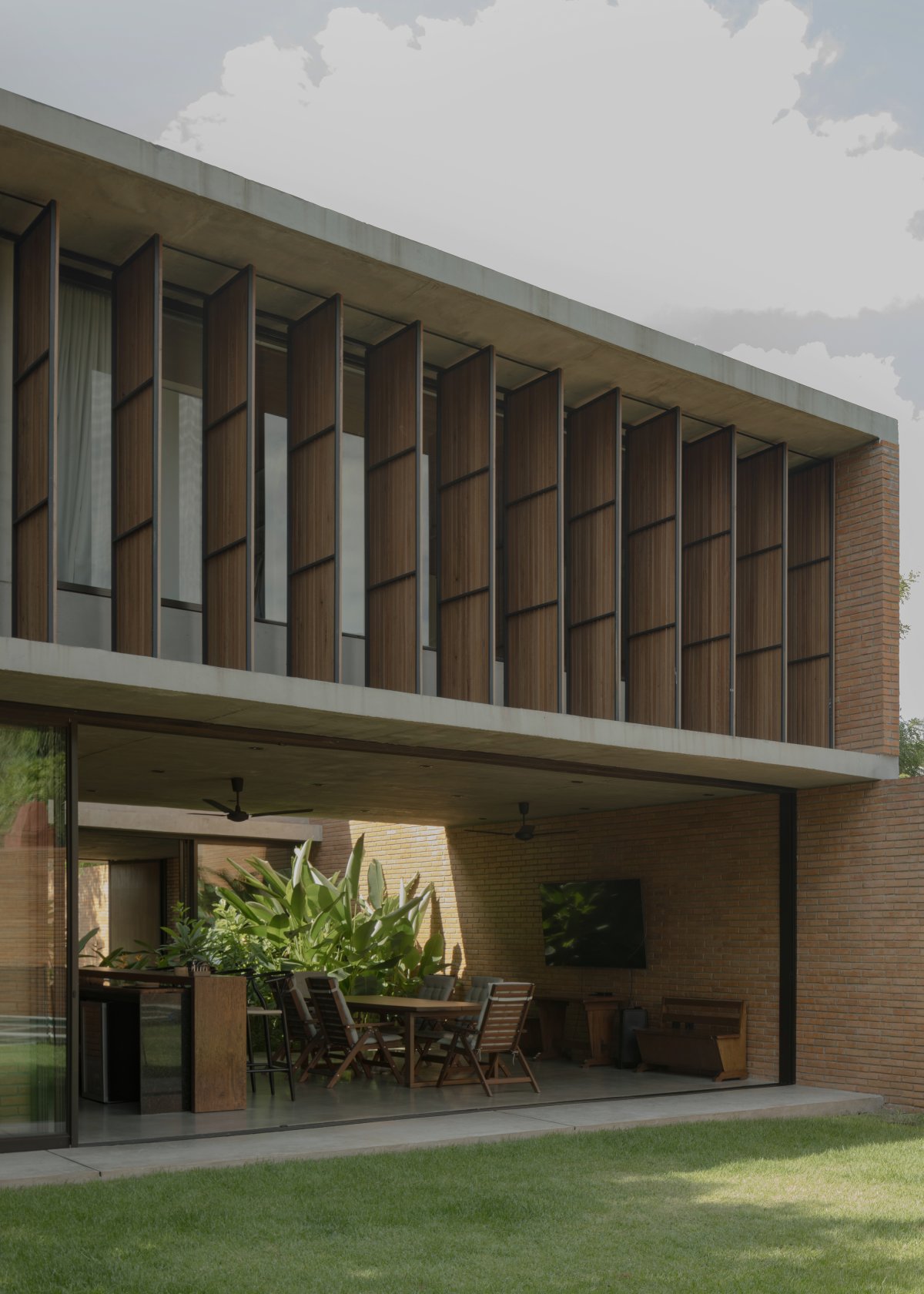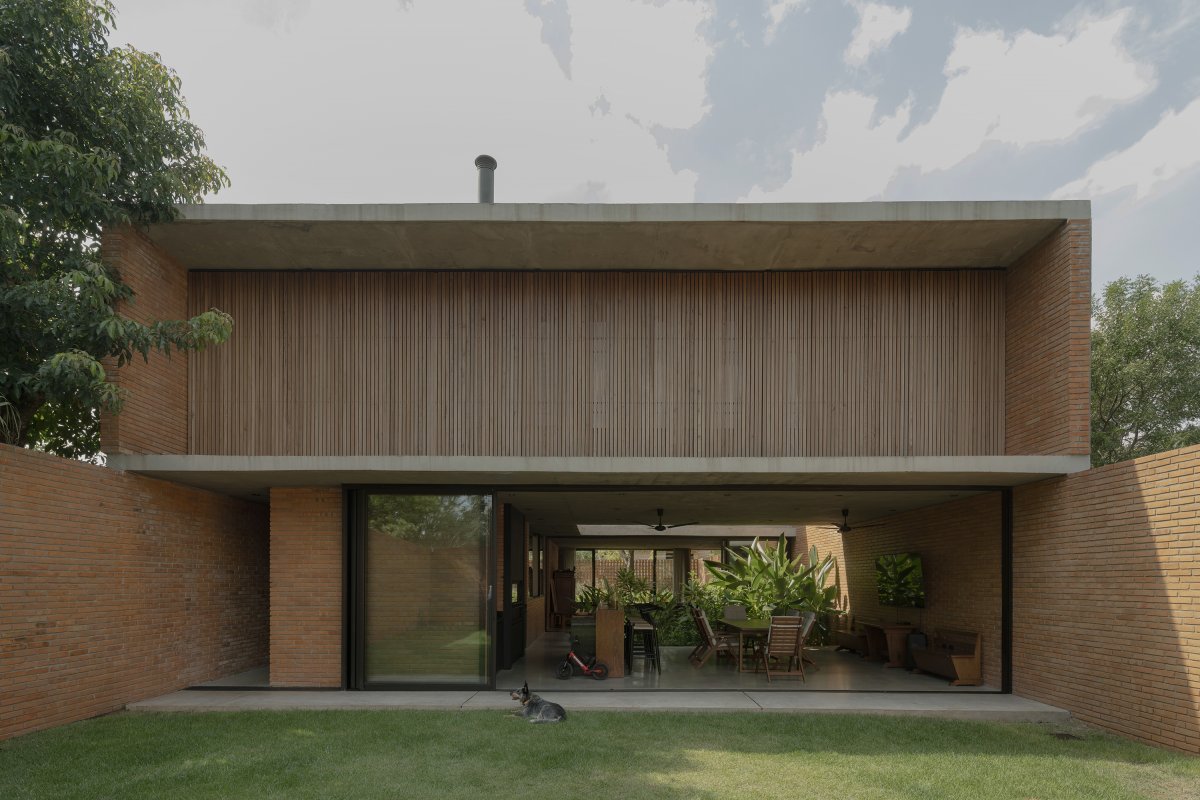
As time goes by, architectural criteria adapt to the collective knowledge and qualities that we consider fundamental. Although the focus of practice has evolved throughout the constant process of building the discipline, the main objective of architecture has remained the same since humans have extended their quest for inhabitation beyond the simple act of providing shelter, and that is to elevate our existential relationship of being in the world.
With the creation of spaces that connect us to a sense of belonging to the context, the place and the environment, we consolidate our relationship with the environment, understanding that living in a qualitative sense is conditioned by the configuration of those spaces. The channels to build this well-being vary and depend on many factors, but we can identify and agree on certain considerations that favor the construction of a place that impacts us positively and excites us.
The site where the house is located has a significant slope and a tree that welcomes us, which allowed us to arrange the house on three levels: the parking and service area on the lower level, the social area on the first level and the private area on the second level. A conventionally sized lot thus becomes a system of spaces connected by courtyards that distribute light, oxygen, ventilation and biodiversity.
The transparency of the social area on the first level contrasts with the opacity of the second level, where the bedrooms, laundry room and office are located, programs that require greater privacy. The relevance of designing a house that allows spatial amplitude, linking but protecting itself from the outside, with shadows, the ability to breathe and a relationship with matter and nature, makes the architecture a direct response to the local reality.
- Architect: Equipo De Arquitectura
- Photos: Federico Cairoli

